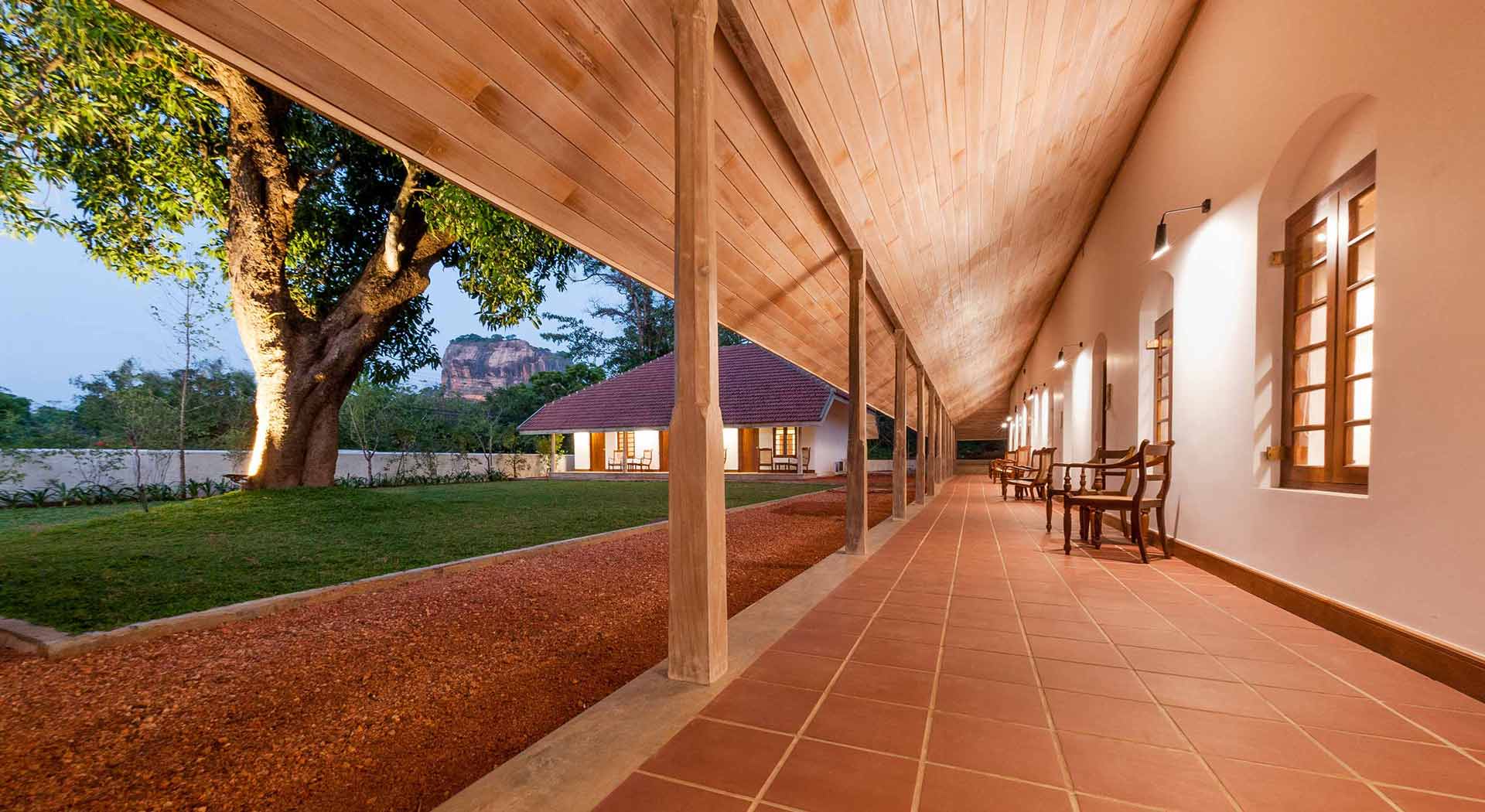From Palace Ruins to Sacred Caves
From the ruins of the ancient rock fortress & pleasure palace in Sigiriya to the enthralling murals of the sacred Buddhist cave temple in Dambulla surrounded by a protected Iron Wood forest, the area offers much to be experienced.
Sigiriya Rock Fortress Tour
A visit to the nearby Sigiriya Rock Fortress is almost mandatory. Known as Lion’s Rock, this ancient palace and fortress complex has significant archaeological importance and offers breathtaking views from its summit. The climb to the top, while somewhat strenuous, is rewarding with panoramic views and fascinating historical insights.
Safari Tours
The hotel can arrange safari tours to several nearby national parks
- Minneriya National Park: Famous for the “Gathering,” which is the largest assembly of Asian elephants in the world during the dry season.
- Kaudulla National Park: Another excellent location for elephant watching, especially from August to December.
Village Tours
Experience local life with a village tour, often conducted in traditional bullock carts. These tours provide a glimpse into the daily lives of rural Sri Lankans and typically include a visit to a local home, a cooking demonstration, and a traditional Sri Lankan meal.
Cycling Excursions
Cycling is a delightful way to explore the countryside around Sigiriya. The hotel may offer guided cycling tours that take guests through picturesque villages, rice fields, and along ancient reservoirs, providing a closer look at the rural beauty and way of life in Sri Lanka.
Dambulla Cave Temple
Arrange a trip to the Dambulla Cave Temple, another UNESCO World Heritage Site. This site features a complex of Buddhist cave temples with impressive murals and statues, dating back to the 1st century BC.
Hot Air Ballooning
For a truly spectacular experience, consider a hot air balloon ride, usually available from November to April. This activity offers unparalleled views of the central plains of Sri Lanka at sunrise.
Hiking and Trekking
There are various hiking and trekking options around Sigiriya, catering to different fitness levels. These range from gentle walks to more strenuous treks, such as climbing Pidurangala Rock, which provides an excellent view of Sigiriya Rock itself.
